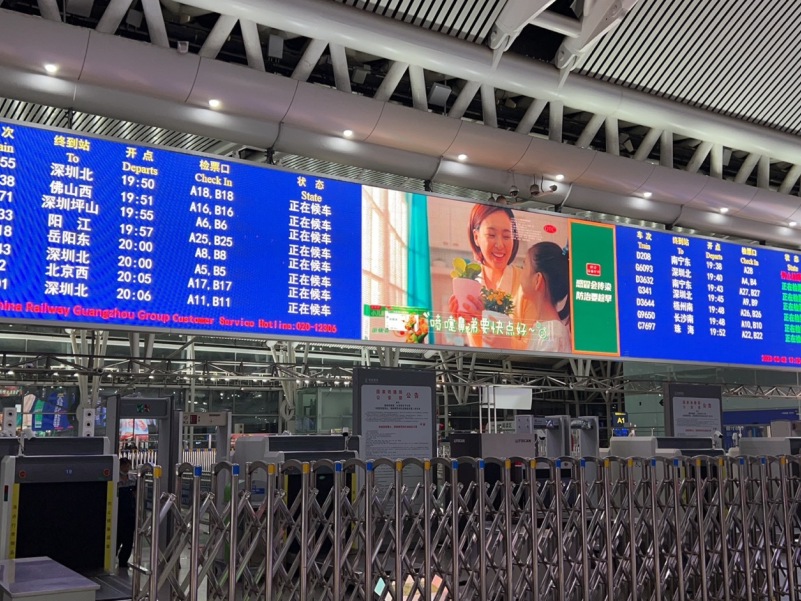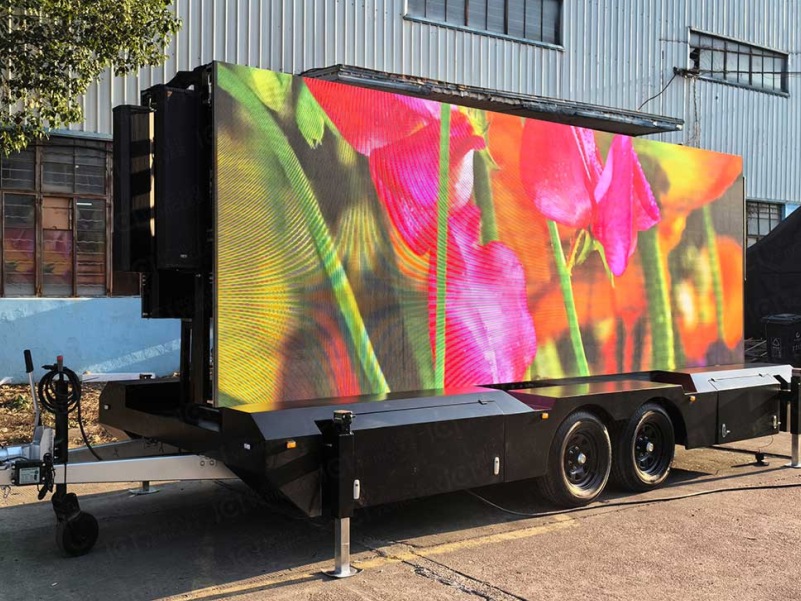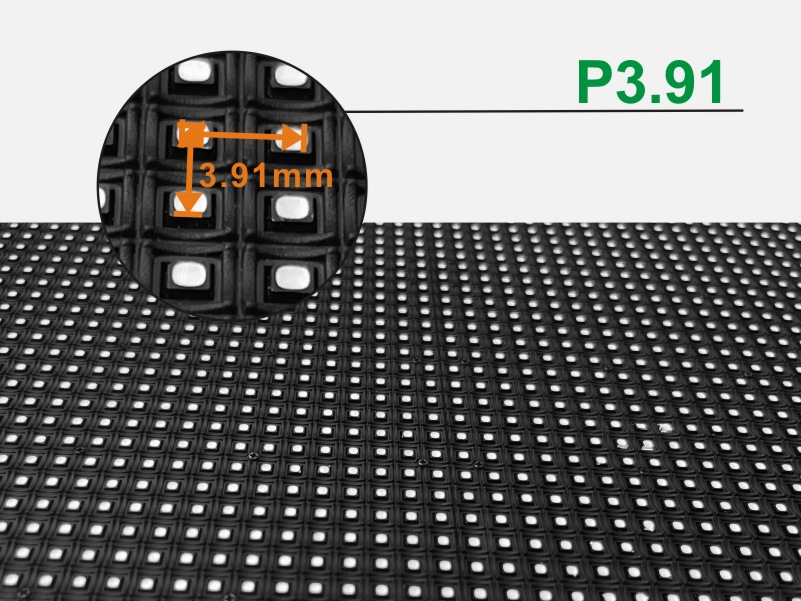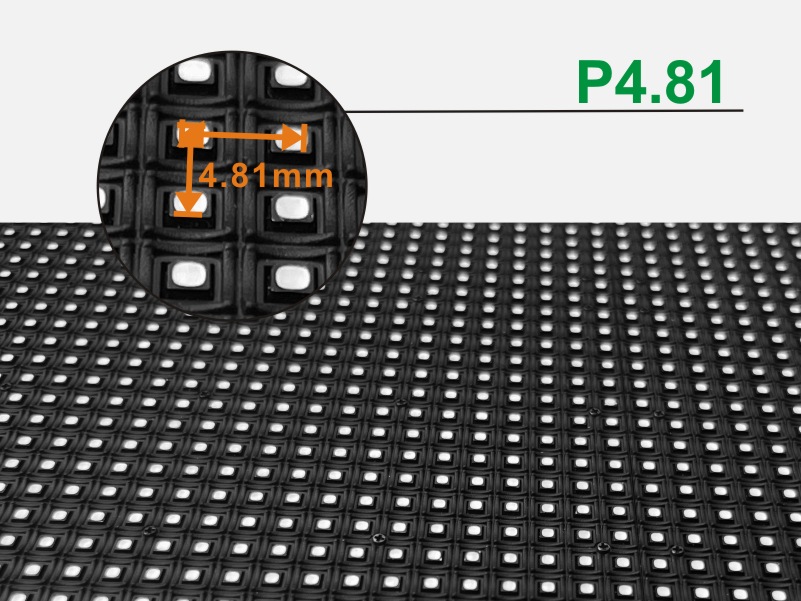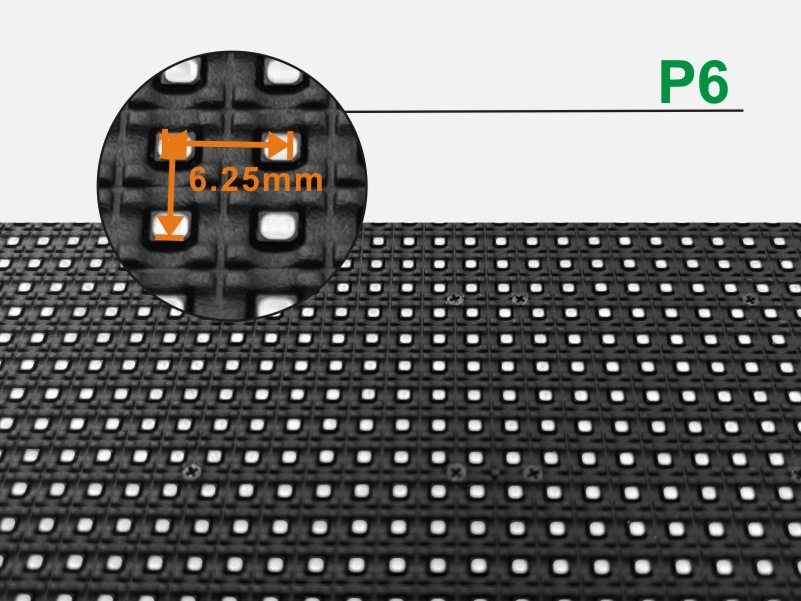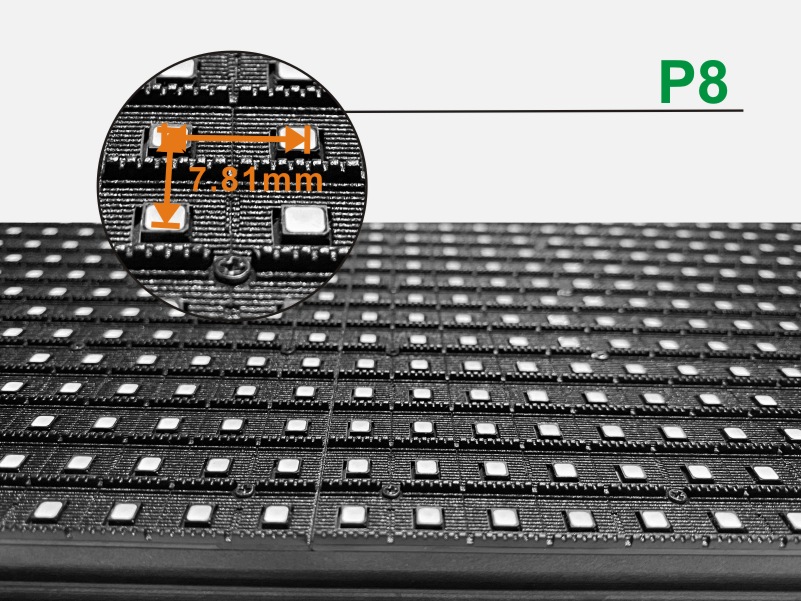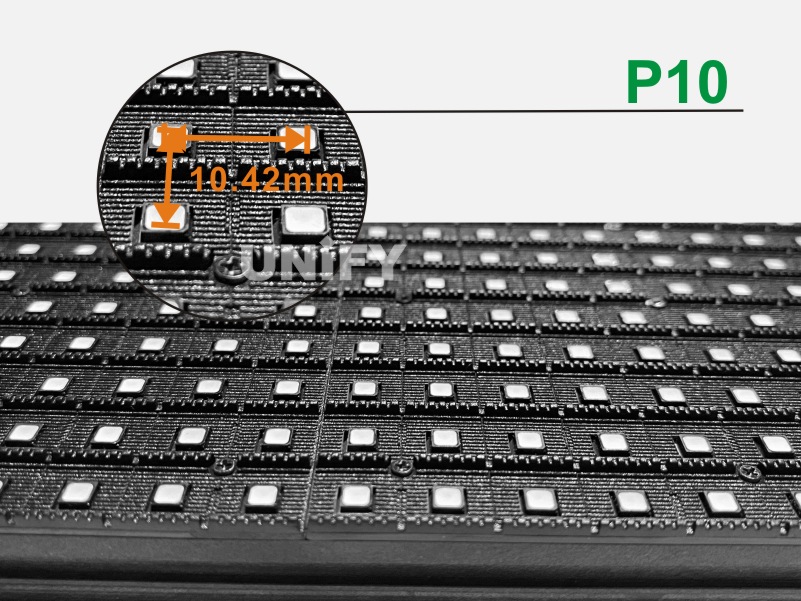Outdoor LED Display
Want to stably play advertisements or real-time information in outdoor environments with direct sunlight, wind and rain? Outdoor LED Display provides high-brightness, weatherproof, and all-weather display solutions, which are widely used in commercial billboards, stadium screens, traffic guidance screens, stage background walls and other scenarios.
Compared with traditional display methods, outdoor LED screens not only have high brightness and long viewing distance, but also support large-size customization and diversified installation methods to ensure that the content is still clearly visible in noisy environments.
Whether you choose indoor & outdoor LED billboard, outdoor rental LED display, or create a dedicated LED façade for building walls, Unify LED can provide flexible, efficient and reliable solutions.

Outdoor LED Billboard-OK Series
Outdoor LED Billboard – OK Series Module size 320*160mm, panel size 960*960mm Pixel pitch P5/P6/P8/P10 to meet various needs Save

LED Advertising Billboard-LA Series
LED Advertising Billboard-LA Series Module size 320*160mm, 1m*1m large size panel Optimized structure, flexible installation Common cathode energy saving High
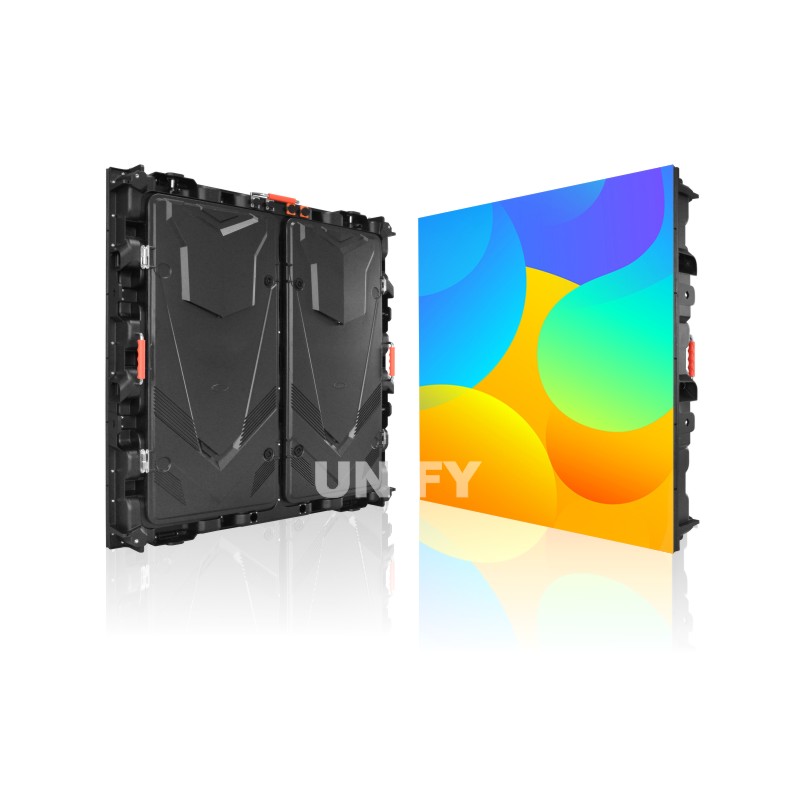
Advertising LED Screen – B Series
Advertising LED Screen – B Series Module size 320*160mm, panel size 960*960mm Pixel pitch P4/P5/P6/P8/P10 Wide viewing angle Brightness options
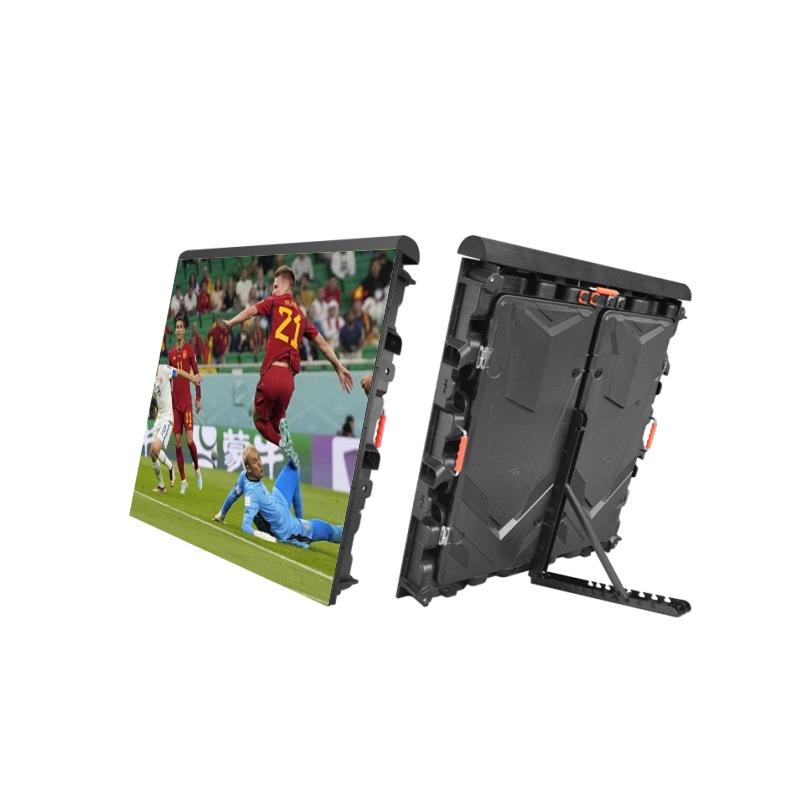
Sport LED Screen – SP Series
Stadium LED Display- SP Series Outdoor Sports Perimeter LED Display Board Pixel pitch P4/P5/P6/P8/P10 Standard Cabinet Size :1280*960mm 3840Hz high
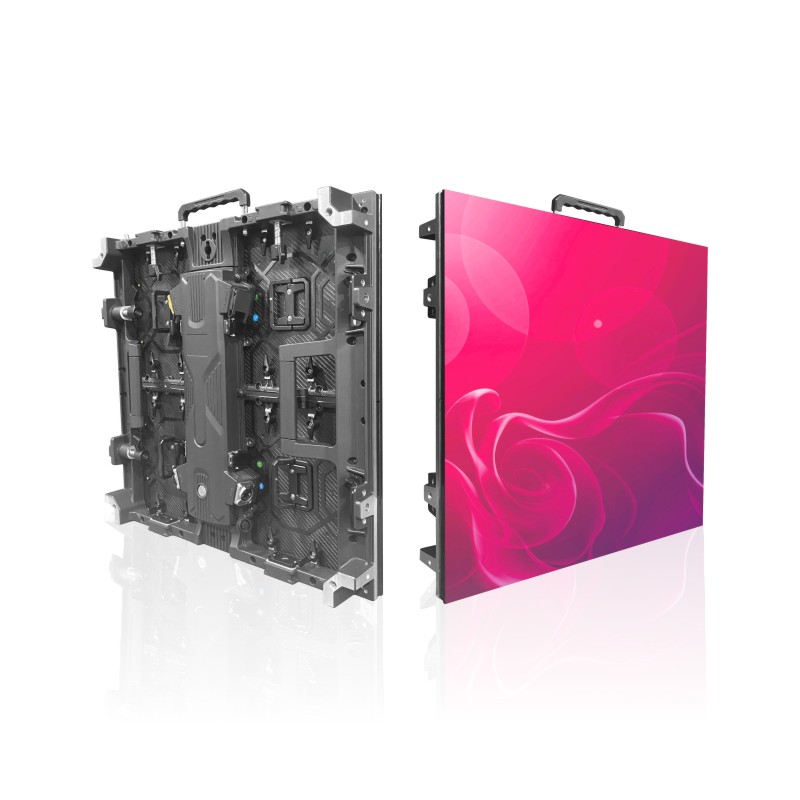
Rental LED Wall-Metastar
Rental LED Wall – Metastar Series Cabinet weight:7.5kg Panel Size: 500*500mm/ 500*1000mm Refresh rate: 3840HZ Support Right Angle Installation (Optional)
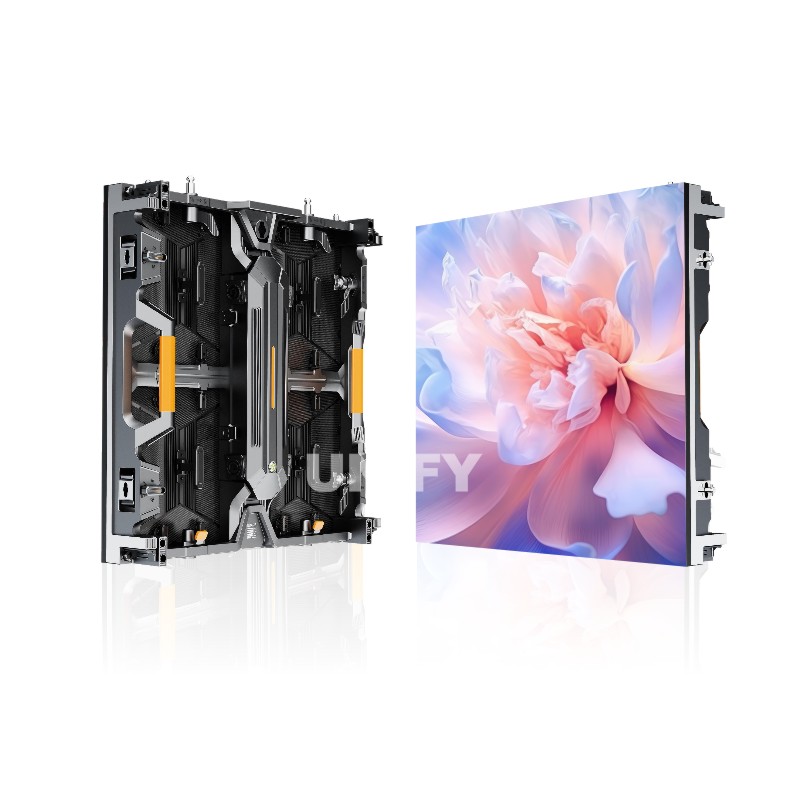
Event LED Display- Enova pro Series
Event LED Display -Enova pro Series Cabinet weight:7.5kg Refresh rate: 3840HZ hard connection box Pixel pitch: P2.604 P2.97 P3.91 P4.8mm
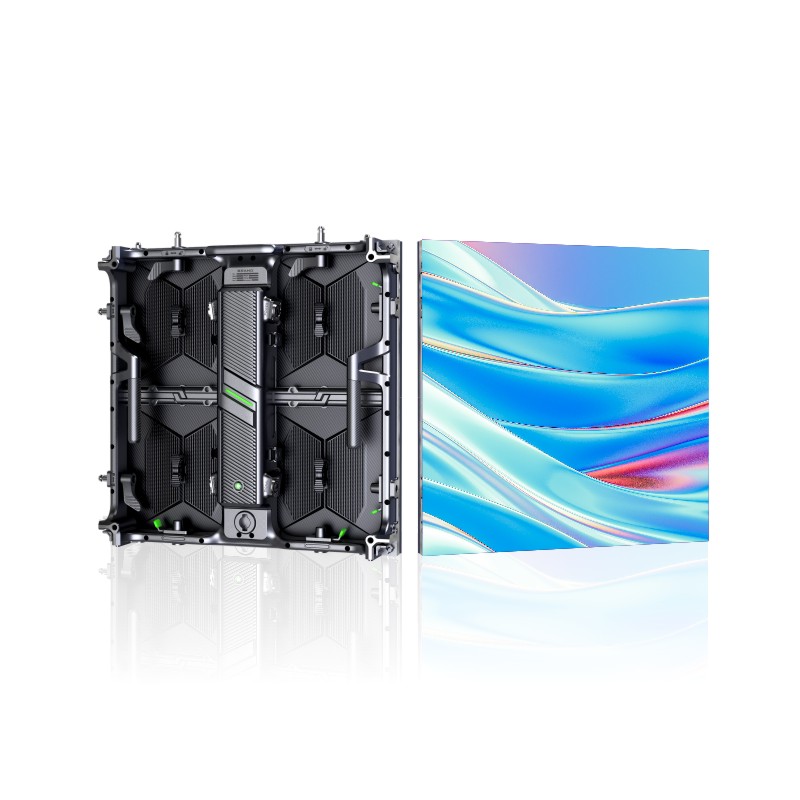
Stage LED Wall- Enova Series
Stage LED Wall -Enova Series Cabinet weight:7.5kg Refresh rate: 3840HZ hard connection box Pixel pitch: P2.604 P2.97 P3.91 P4.8mm Material:
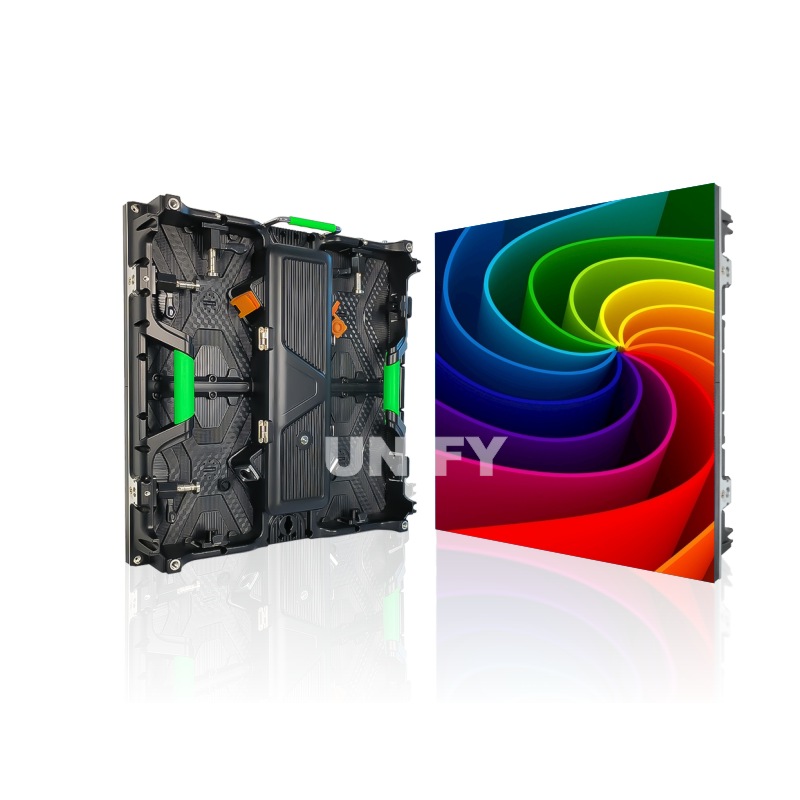
Stage LED Display-R series
Stage LED Display-R Series Cabinet weight:7.5kg Refresh rate: 3840HZ Pixel pitch: P2.604 P2.97 P3.91 P4.8mm Multiple protection, all-round protection Wireless
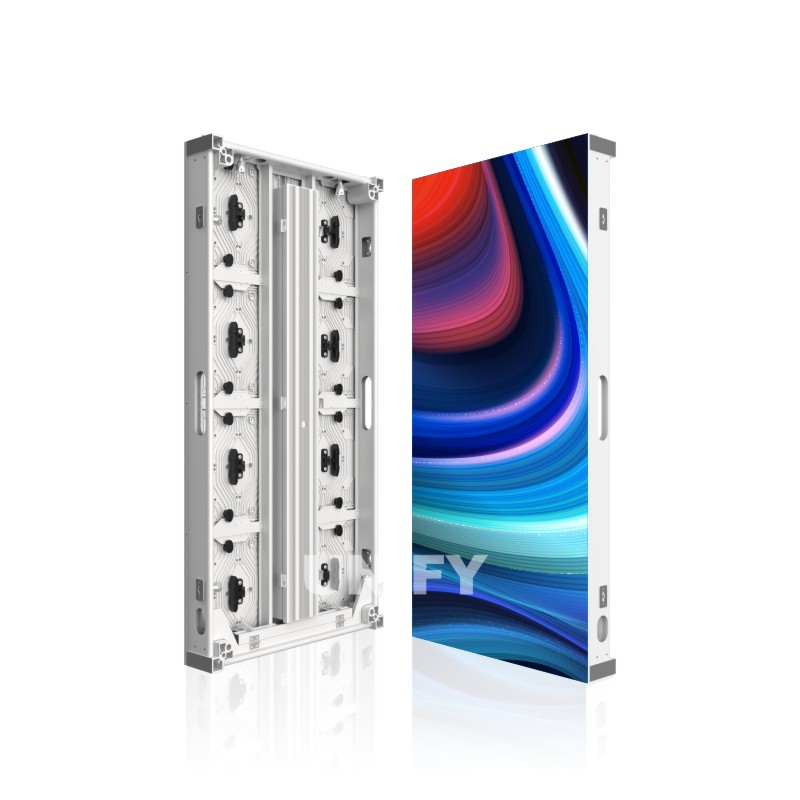
Rental LED Panel -RS series
Rental LED Panel-RS Series Cabinet weight:7.5kg Refresh rate: 3840HZ hard connection box Pixel pitch: P2.604 P2.97 P3.91 P4.8mm Material: strong
Outdoor LED Display Solutions
1. What is the key performance of outdoor LED display?
When evaluating an outdoor display, we often look at its key technical parameters, which are also important to understand when purchasing. Brightness, protection, and refresh are technical parameters that can reflect the quality of the product and are in direct proportion.
1.1 Brightness
Due to the fact that direct sunlight will affect the visibility and clarity of electronic displays, the brightness of outdoor displays is generally 5000-7000nits, and some professional engineering displays can reach 8000 or even 10000nits.
When the sun is strong, a low-brightness screen is just a white light, and the content cannot be seen clearly. It also consumes power and is considered invalid advertising.
When purchasing, you can also ask whether it has an automatic brightness adjustment function, which can enable the outdoor advertising screen to automatically adjust the brightness as the external environment changes, saving lighting while also being environmentally friendly, and providing viewers with a better experience. The screen will not be dazzling or dim.
IP65 protection capability
As an outdoor LED display, the most basic function is to prevent wind and rain from penetrating and damaging electronic components.
Most screens can now cope with high and low temperatures, even in the cold areas in the north and the hot areas near the equator. But if you live in a seaside or highly corrosive area, you should choose styles that are resistant to salt spray and UV aging.
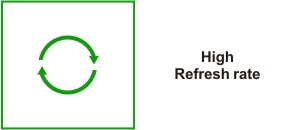
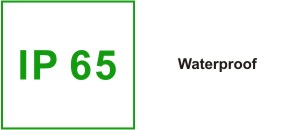
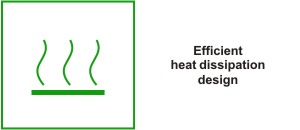
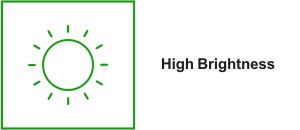
1.3 Heat dissipation performance:
Since most outdoor LED displays are in a long-term power-on state, the design of the heat dissipation system is particularly important. The heat dissipation effect directly affects the color stability, life and failure rate of the display.
Common heat dissipation methods include:
Use an all-aluminum cabinet as a passive heat dissipation structure.
Built-in fan/convection duct to improve air circulation.
Fanless silent heat dissipation design is suitable for noise-sensitive places.
Efficient heat dissipation design can not only extend the life of power supply, IC and LED lamp beads, but also reduce problems such as dead lights and color cast caused by overheating.
1.4 Refresh rate:
Refresh rate is a key parameter that affects the smoothness and stability of the picture, especially for applications such as playing videos, advertisements, and live broadcasts.
It is recommended to choose a model with a refresh rate of no less than 1920Hz. For professional application scenarios, it is recommended to choose 3840Hz and above.
High refresh rate not only makes it more comfortable for the naked eye to watch, but also prevents water ripples or scan lines when shooting with the camera, ensuring that the picture is clear and stable in photos and videos.
Feel the difference intuitively.( by video)
2. Maintenance method: front / rear
During the entire life cycle of outdoor LED display, the choice of maintenance method directly affects the installation convenience, later maintenance cost and overall feasibility of the project. Depending on the installation environment, accessibility and budget, there are usually two mainstream maintenance methods for outdoor screens: front maintenance and rear maintenance.
2.1 Rear maintenance:
(traditional and common, suitable for scenes with sufficient structural spac)
Rear maintenance (rear service) is the most common maintenance method for outdoor LED display screens. Maintenance personnel can open the box from the back of the screen to inspect or replace components such as power supply, module, control card, etc. This method usually requires a certain space (≥800mm) behind the screen for easy access.
Applicable scenarios:
Single-column and double-column LED billboards
Large wall installation projects with maintenance channels behind.
Industrial parks, urban edges and other areas that are not sensitive to space.
Advantages:
Low cost and relatively simple structure.
Better heat dissipation, which is conducive to stable operation of the whole machine.
Disadvantages:
It occupies a large space and is not suitable for wall-mounted or embedded installation.
Later maintenance requires the construction of scaffolding or ladders, and the construction is complex.
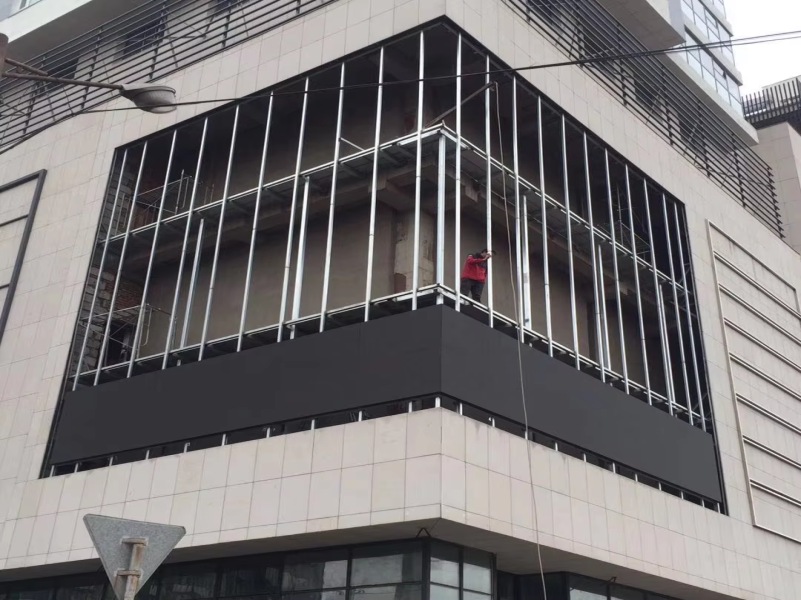

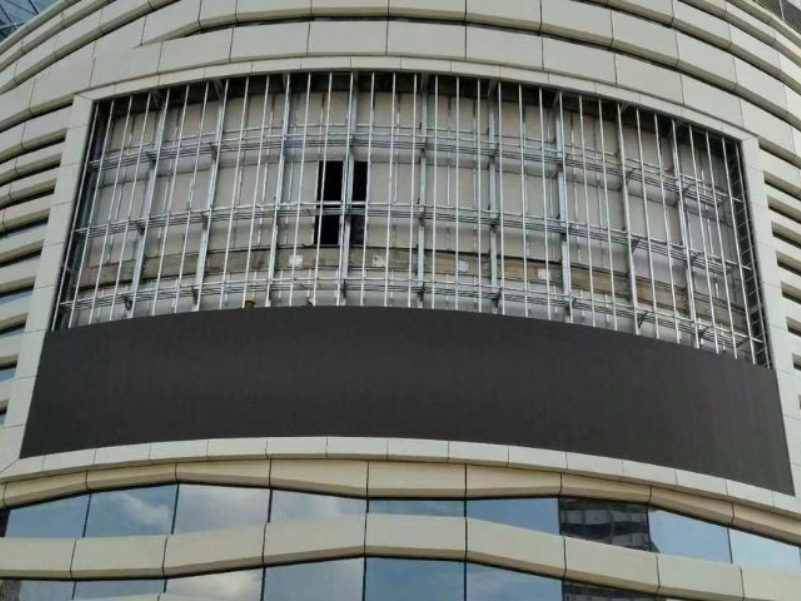
2.2 Front maintenance:
(saves space, suitable for urban wall and embedded installation)
With the diversification of urbanization and advertising scenes, front service technology is increasingly used in the field of outdoor LED display.
The front maintenance screen can be disassembled from the front of the screen through a magnetic structure or front door design, so that the module, power supply, receiving card and other components can be removed, which is convenient and quick for maintenance without reserving space behind.
Applicable scenarios:
Urban building facades, shopping mall walls, embedded advertising screens
Wall-mounted projects with limited space behind
Subway entrances, bus stops, city squares
Advantages:
Saving rear space, suitable for high-density urban projects
Daily maintenance is faster and saves labor costs
Full front maintenance solution can be realized (modules, power supplies, and systems support front access simultaneously)
Disadvantages:
The cost is slightly higher than the traditional rear maintenance structure
Higher installation accuracy requirements for structural parts
2.3 Selection suggestions: Tailored according to site conditions
When purchasing outdoor LED displays, the installation environment and future maintenance convenience of the screen should be given priority. For example:
If it is installed on the exterior wall of a high-rise building with no operating space behind, it is recommended to choose a full front maintenance structure
If the installation location is open and the cost requirements are sensitive, you can choose a rear maintenance solution to reduce costs
Some brands also support “front and back dual maintenance”, which can be flexibly configured according to project requirements to improve overall operation and maintenance efficiency.
3. How to choose LED Screen Size?
How to determine the appropriate screen size requires considering factors such as the size of the venue and the number of people it can accommodate. If the screen is too small, the information cannot be clearly received by the audience at a distance, and if it is too large, it may cause waste or construction difficulties. Therefore, we recommend starting from the following core factors:
3.1 Determine the screen size based on the venue area and viewing distance
In outdoor scenes, the viewing distance is often far, and the screen needs to be large enough to ensure the efficiency of information transmission. Here are some practical dimensions for determining screen size:
❶ Viewing distance
It is usually recommended that “pixel pitch (mm) × 1.5~2 = optimal viewing distance (meters)”
For example, the optimal viewing distance of the P6 screen is about 9~12 meters
❷ Capacity & coverage angle
The more people and the wider the venue, the larger the screen size needs to be
For example:
Small square events (100~200 audiences): the recommended screen size is between 3x2m and 4×2.5m
Medium and large commercial conferences or cultural performances (more than 500 people): 6x3m, 8x4m or even larger can be selected
❸ Venue ratio and visual range
The screen aspect ratio is usually 16:9 or 4:3
The screen size needs to be appropriately widened or the installation height needs to be increased according to the front/side distribution range of the audience

3.2 Installation method affects size and selection strategy
**LED screen installation (LED display installation)**The method determines the achievable size, structural stability and maintenance path.
Common installation methods:
Post type (single post/double post): suitable for road advertising, large squares, and can support extra-large screens
Wall mounting: suitable for building exterior wall advertising, the size should be selected in combination with the wall’s load-bearing capacity
Suspension/truss fixing: commonly used for temporary activity stages, car screens, etc., the screen should not be too heavy
Embedded installation: suitable for shopping malls, subway entrances, etc., and customized sizes are required for aesthetics
The installation method will also affect engineering details such as structural size redundancy, wiring paths, and windproof design. It is recommended to conduct installation evaluation simultaneously during the size planning stage.
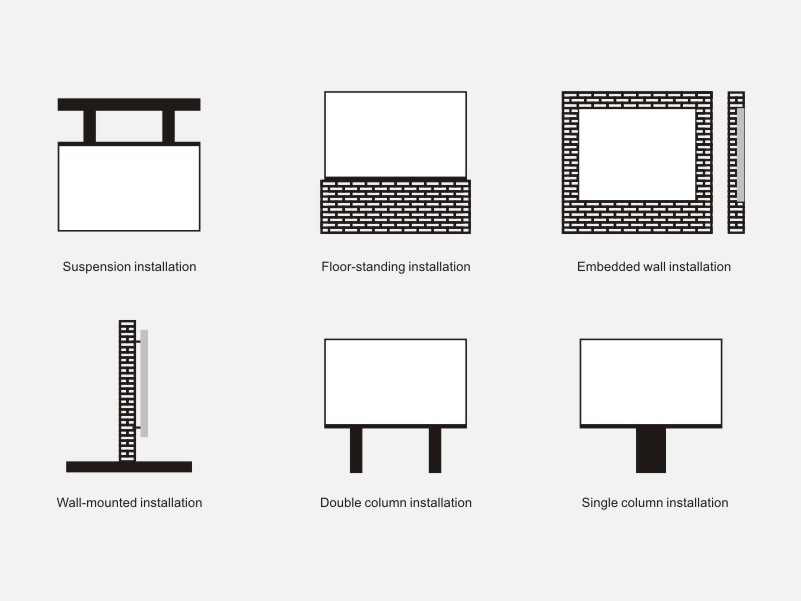
4. How to choose the right pixel pitch?
After the screen installation method and screen size are determined, how to choose the right pixel pitch becomes a new problem.
Pixel pitch refers to the distance between the centers of two adjacent lamp beads on the LED display, in millimeters (mm), such as P4, P6, P8, etc.
The smaller the pitch: the higher the pixel density, the clearer the picture, but the higher the cost
The larger the pitch: the farther the viewing distance needs to be, which is suitable for long-distance advertising with simple content
Choosing the right pixel pitch should be based on two core dimensions: viewing distance and picture content complexity.
4.1 Viewing distance is the key to selection
A general empirical formula is:
Shortest viewing distance (meter) ≈ pixel pitch (mm) × 1.5~2
Example:
P4: Applicable to close viewing within 6~8 meters
P6: Applicable to viewing distance of 9~12 meters (such as squares, crowded areas)
P8: Applicable to 12~16 meters (such as commercial streets, highway entrances)
P10: Applicable to long-distance viewing of more than 15 meters (such as column-type billboards, highway screens)
If the actual viewing distance is shorter than the recommended value, “graininess” will appear; if it is longer than the recommended value, the clarity is wasted and the cost is high.
4.2 Content complexity determines clarity requirements
In addition to viewing distance, the complexity of the content to be played must also be considered:
Content type Recommended pixel pitch Description
Simple text + LOGO advertising P8~P10 Suitable for conveying brands or slogans at a distance
Images + dynamic images + product introductions P6~P8 Clearly display details, suitable for commercial display scenarios
Videos + animations + fine graphics P4~P6 High-density pixels are recommended, and the picture is more vivid and natural
If you plan to display high-definition videos, brand advertisements, and dynamic visual content on the screen, it is recommended to choose P6 and below models to ensure clear and smooth picture quality.
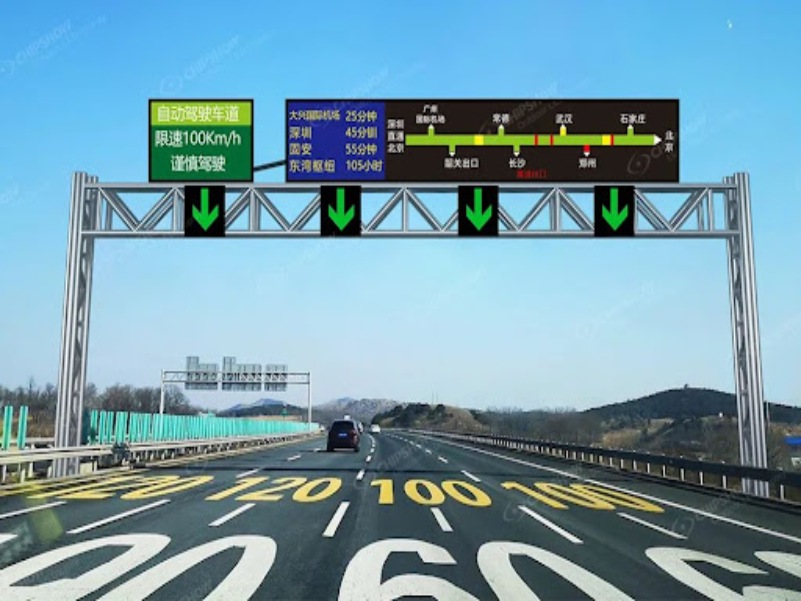
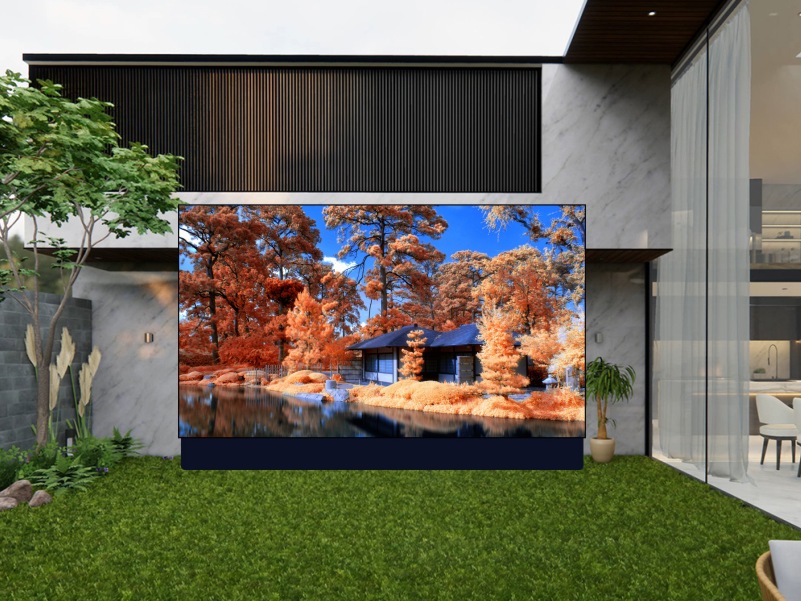
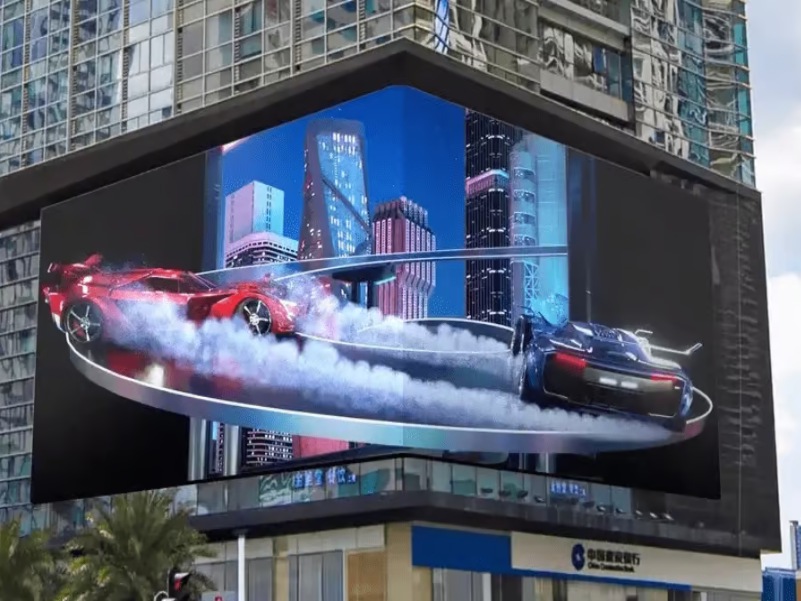
4.3 Balance between budget and cost performance
In the purchase of outdoor LED displays, pixel pitch is one of the core factors affecting the price. Generally speaking:
Under the same size conditions, P4 is 30%~50% more expensive than P6
On the premise of ensuring the viewing effect, appropriately enlarging the pitch can greatly reduce costs
Therefore, a balance should be achieved between clarity requirements and budget to avoid the two extremes of “excessive performance” or “inadequate picture quality”.
| Application Scenario | Recommended Pixel Pitch | Description |
|---|---|---|
| City Squares & Public Plazas | P6 ~ P8 | Medium viewing distance, suitable for high-traffic areas |
| Shopping Malls & Commercial Streets | P4 ~ P6 | Close viewing, requires sharp image and detail display |
| Highway LED Billboards | P8 ~ P10 | Long-distance visibility, mainly for brand exposure |
| Stadium Perimeter Advertising | P6 ~ P10 | Wide-angle view, dynamic content playback |
| Temporary Stage & Rental Events | P3.91 ~ P5 | Supports high-resolution video and dynamic visuals |
| Transportation Hubs (Airports, Metro) | P4 ~ P6 | Mixed distances, requires clear text and image performance |
| Building Facade LED Walls | P6 ~ P8 | Wall-mounted installation with wide viewing coverage |
5. How to Choose the right control system?
In outdoor LED display, the control system is one of the core components, which directly determines the form of the playback content, the update method and the operation stability.
At present, there are mainly two types of control methods: synchronous control system and asynchronous control system. Different application scenarios are suitable for different system solutions.
5.1 Synchronous Control System
The synchronous system is like a “real-time computer screen”. The display content is completely dependent on the external video source or the output of the control computer. The display content is updated in real time and supports high-definition video and dynamic picture transmission.
Applicable scenarios:
Scenarios where high-definition video, dynamic advertising, and live broadcast are required.Such as: large LED screens for commercial conferences, stage performance screens, advertising screens in sports stadiums, large screens for outdoor events, etc.
Advantages:
Smooth picture, support for 1080P or even 4K real-time video output. Can be linked to audio and video systems to achieve an immersive experience
Disadvantages:
Requires a dedicated computer or video processor to continuously supply signals.High cost, suitable for high-demand projects
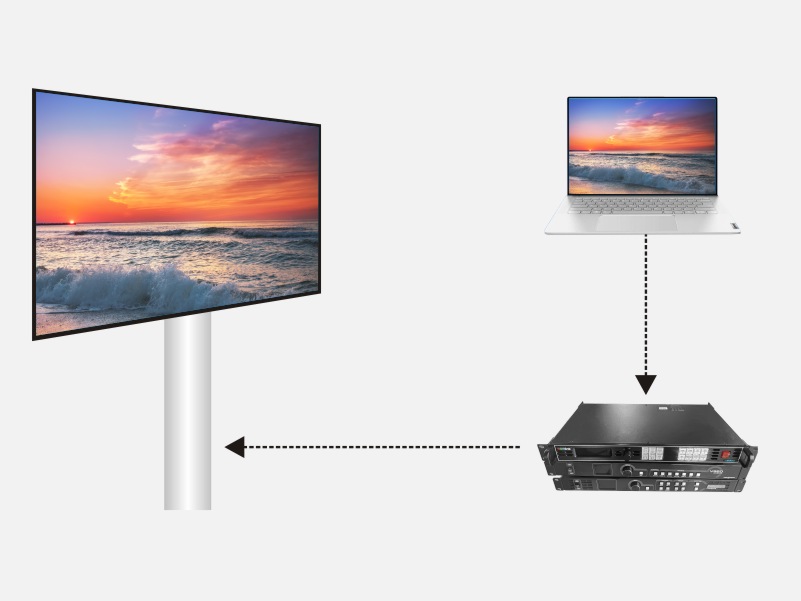

5.2 Asynchronous Control System (Asynchronous System)
The asynchronous system is similar to the “U disk player” mode. The program is first uploaded to the control card, and then the screen can play the content independently from the computer. It is suitable for playing pictures, text, simple videos and other content, and remote control is also very convenient.
Applicable scenarios:
Shop door advertising screen. Highway billboard. Community, gas station, government propaganda column, etc.
Advantages:
Offline operation, no need for continuous Internet connection or computer control. Programs can be updated remotely or locally via 4G, WiFi, U disk, USB. Lcost, simple operation
Disadvantages:
Not suitable for live broadcast, frequent switching of high-definition video content. Resolution and refresh rate are slightly lower than synchronous system.
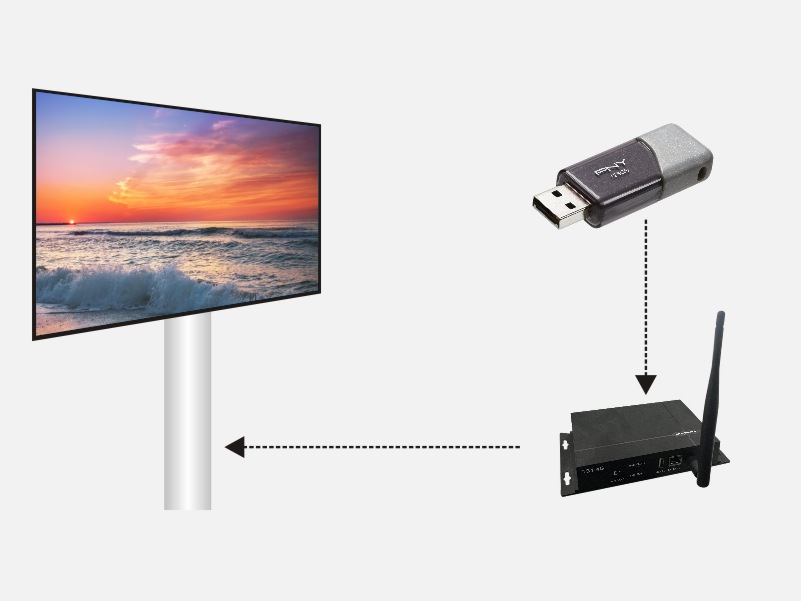
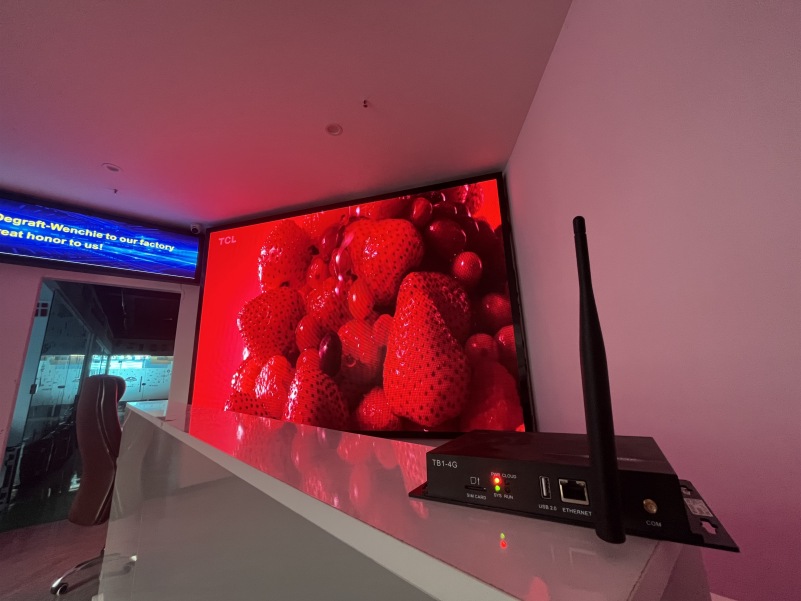
5.3 Control card brand recommendation (for outdoor LED display)
In order to ensure system stability and compatibility, it is recommended to use well-known brands of LED control cards. The commonly used ones are as follows:
| Brand | Model Series | System Type | Key Features |
|---|---|---|---|
| NovaStar | TB Series (Asynchronous), VX Series (Synchronous) | Both Sync & Async | Market leader, supports 4K processing, stable performance, smart cloud management |
| Colorlight | A Series, C Series, Z Series | Both Sync & Async | Cost-effective, easy integration, widely used in advertising and commercial displays |
| Linsn | TS Series, RV Series | Synchronous | Established brand, mature and stable, suitable for large-scale projects |
| Huidu | HD Series | Asynchronous | Ideal for storefronts and building displays, supports cloud remote management |
6. Energy saving and environmental protection
In the application scenario of long-term operation of outdoor LED display screens, the energy-saving performance of the power supply not only directly affects the operating cost, but also concerns environmental protection and sustainable development.
Compared with traditional outdoor advertising, although LED display screens have advantages such as dynamic playback and high-definition vision, the energy consumption caused by high brightness and all-weather operation cannot be ignored.
Unify LED is well aware of this, so all its outdoor LED Display products use high-efficiency energy-saving power supply systems and low-power drive solutions to ensure that energy consumption is greatly reduced while maintaining high brightness display.
Unify LED’s outdoor series products such as OK Series, B Series, LA Series, and OF Series fully adopt energy-saving chips, power management modules, and intelligent brightness adjustment technology to automatically adapt to the external light environment, saving more than 30% of electricity compared to traditional LED screens.
For example, the brightness is automatically increased when the sun is directly shining, and it is automatically lowered at night; it minimizes the energy consumption and light pollution caused by “over-luminescence”.
In particular, OK and LA Series are designed for advertising operations, with built-in intelligent standby mode and brightness adaptation functions, which can switch intelligently during the day and at night, effectively reducing unnecessary energy waste.
In addition, Unify LED’s outdoor advertising screen uses high thermal conductivity materials and optimized heat dissipation structure to reduce the frequency of fan use, saving energy while reducing noise and maintenance costs.
7. Outdoor LED Display Application Scenarios and Solutions
Outdoor LED display screens are widely used in various occasions. Unify LED develops exclusive solutions based on the needs of different scenarios to better play the value and effect of the screen. If there are scenarios that match your needs, please refer to them.
7.1 City Squares and Public Spaces
Solutions:
Use high-brightness outdoor LED screens (≥6500nit) to ensure clear display under strong light
Choose a high-level waterproof and dustproof cabinet (above IP65) to adapt to various weather conditions
Equipped with efficient heat dissipation design to ensure long-term stable operation of the equipment
Support remote content management, convenient for real-time updating of advertisements and announcements
Recommended products:

7.2 Billboards on highways and transportation hubs
Solution:
The pixel pitch is large (P8~P10) to ensure long-distance clarity
The use of high-protection grade materials and structures to resist salinity, high temperature, and wind and sand
The use of asynchronous control systems reduces maintenance costs and facilitates remote updates
The installation of wind-resistant fixed brackets ensures that the screen is stable and safe
Recommended products:


7.3 Commercial blocks and shopping center
Solution:
Select high-definition outdoor LED screens with small pixel pitch (P4~P6)
Support synchronous control systems, play video advertisements and interactive content
Flexible installation, combined with beautiful building facade design
Electric energy-saving and environmentally friendly power supplies to reduce operating costs
Recommended products:
✅ LA Series – Energy-saving design + modular maintenance, suitable for commercial block advertising operations, with lower long-term operating costs.
✅ OF Series – Lightweight structure, suitable for exterior wall windows and embedded wall advertising scenes, flexible installation and stylish appearance.
7.4 Government publicity and community information release
Solution:
Use asynchronous control system to achieve easy update remotely or on-site.
Moderate screen brightness to ensure nighttime clarity and avoid light pollution.
Good protection performance to ensure equipment durability
Set timed power on and off to save energy and protect the environment.
Recommended products:
✅ B Series – cost controllable, easy maintenance, suitable for basic LED information release needs such as community bulletin boards, village and town government notices.
✅ OF Series – ultra-thin design, suitable for corridors, community entrances, and integrated display of bulletin boards with limited installation space.
7.5 Stadiums and large-scale events
Solution:
Use high refresh rate, high grayscale synchronous control system to ensure smooth and flicker-free screen.
Large screen size, pixel pitch is reasonably configured according to viewing distance
Design quick-release cabinet for quick installation and maintenance on site.
Equipped with professional control software to achieve multi-screen linkage and content management.
Recommended products:
✅ LA Series – supports high refresh rate video playback, energy saving and stability, suitable for long-term event advertising and event operation.
✅ OK Series – has strong protection and high-quality output, and performs well in large screens outside stadiums or on-site advertising screens.
8. Outdoor LED Display Price
When choosing an outdoor LED display, price is always one of the important factors in corporate decision-making.
However, price is not the only criterion. The best solution is to choose a product with reliable quality, matching performance and long service life within the budget.
Unify LED has launched four outdoor series, OK Series, B Series, LA Series and OF Series, to help customers flexibly balance the price and product value of outdoor LED display according to different budgets and application requirements.
OK Series: High-end positioning, with ultra-high brightness, protection level IP65+, and support for all-weather stable operation.
Suitable for projects such as airports, highways, and landmark advertisements that have strict requirements on visual impact and brand image. The price is high, but the performance and life return are considerable.
B Series: Economical outdoor LED product, covering mainstream pixel pitch, taking into account clarity and cost control. Suitable for community publicity, government information release, and small commercial advertising projects.
Affordable price, good cost performance, suitable for projects with limited budgets.
LA Series: Designed for advertising operation scenarios, integrated energy-saving power supply, front maintenance structure and intelligent control system, supporting stable playback of advertising content all day long.
The overall cost is lower, suitable for customers who pursue operational returns and maintenance convenience.
OF Series: A thin and light outdoor screen with a simple structure, easy to install and transport, suitable for scenes with high requirements for beauty and lightness, such as window exterior walls and facade decoration.
The price is moderate, and it is an ideal choice for space-sensitive projects.
Outdoor LED Display Case Show
Playlist

7*3m outdoor LED wall in Span
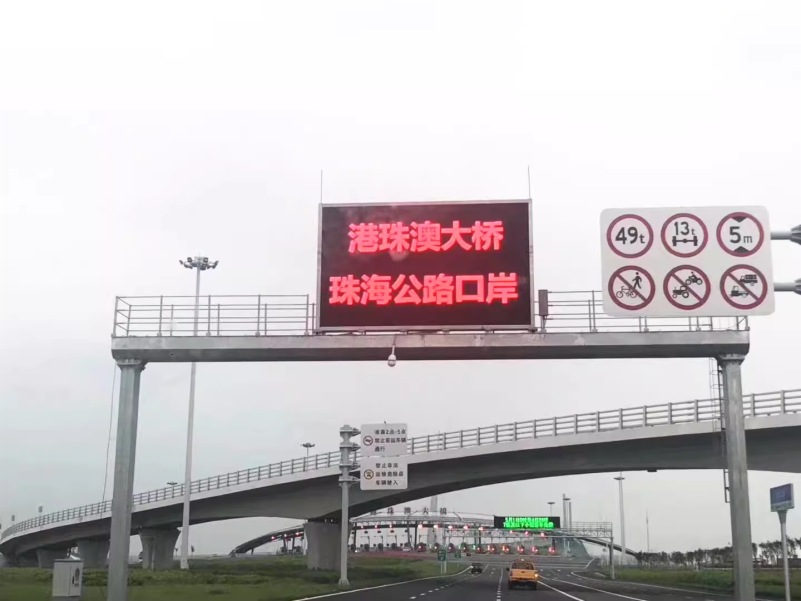
2*1m Traffic LED Display in China
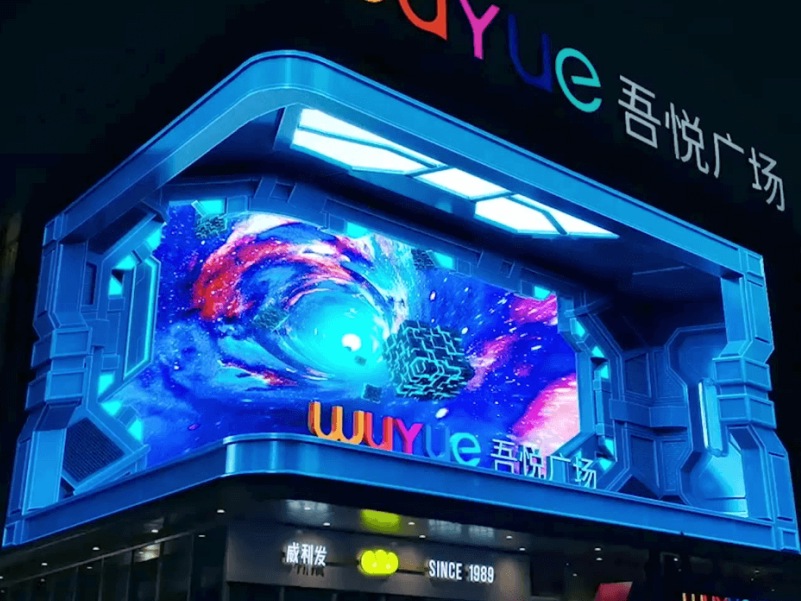
3D outdoor LED Display in Malaysia

Naked eye LED screen in Japan

4*3m Pole LED billboard in Iceland

Advertising LED billboard in Egypt
Conclusion
If you pursue durability and high image quality, OK Series is the best choice;
budget-sensitive projects can give priority to B Series;
long-term operation projects recommend LA Series to reduce overall costs;
and scenes requiring lightweight structure recommend OF Series.
Unify LED is committed to providing you with LED display solutions that accurately balance price and value.
If you want to buy outdoor LED display, please provide valid information: screen installation method, installation location, screen size, pixel pitch.
Even if you are not sure about the size and pitch, the supplier will recommend it to you based on the information. Contact us now to get a quote.
Categories
LED Displays
Contact Form
Free Sample Available For your LED Display Project.

